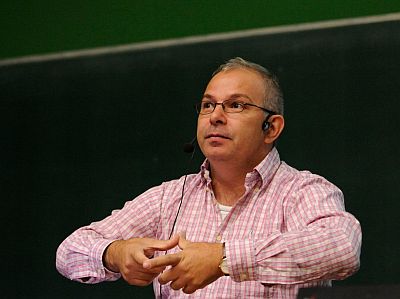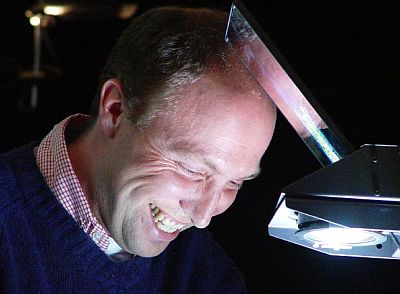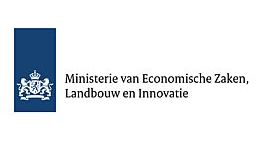who
The 'Europe around the corner' Open Days initiative (Europa om de hoek kijkdagen) aims to showcase to citizens across the country projects and programs
(partially) funded by the European Union. Over five years ago, our Target project received 32 million euros, nearly a quarter of which came from the
European Regional Development Fund. Since then, we have established an expertise center at the
University of Groningen where we develop novel technology to
handle extremely large volumes of data (Big Data) generated by an increasing number of scientific, business and governance projects. We provide infrastructure and expertise to many national and
international scientific projects in astronomy, medical research and digital humanities. We have laid the foundations of making the northern Netherlands a hub for Big Data
technology innovation supporting data-driven science, research and industry, which in turn generate economic and social progress in the region.
what
This year, in a spectacular fulldome
program we will highlight many of the astronomical discoveries facilitated by our data management expertise center. We have invited astronomers from the University of Groningen
to tell you how they painstaikingly peel layer after layer from the Unknown bringing us closer to understanding how the Universe, and we as part of it, came to be.
We will:
immerse you in a universe that is otherwise invisible to your eyes - the radio universe
show you for the first time a fulldome simulation of what astronomers believe the universe looked like when the first stars and galaxies were born
take you on a journey to the dry mountains of Chile to see the optical telescopes we use to catalogue the universe
let you fly with the Euclid satellite of the European Space Agency which will explore the ultimate mysteries
of dark matter and dark energy
where
We welcome you to the 3D fulldome theater Infoversum - the most advanced and high-tech center in Groningen for immersive visualization, public outreach, and education.
The Infoversum is the first facility of its kind in the Netherlands. It boasts a 20 meter dome and a 260 seats reclined at a 15 deg angle to create a truly immersive experience.
when
Saturday, May 9, 10:00 - 11:00
for whom
This is our open day program and EVERYBODY is invited! Our fulldome lecture show is suitable for youngsters and adults who have general interest in astronomy, science and Big Data.
Stop by if you are curious to learn how scientists use ever larger amounts of data to answer ever bigger questions. The lecture show will be presented in
English and is not recommended for kids below the age of 10.
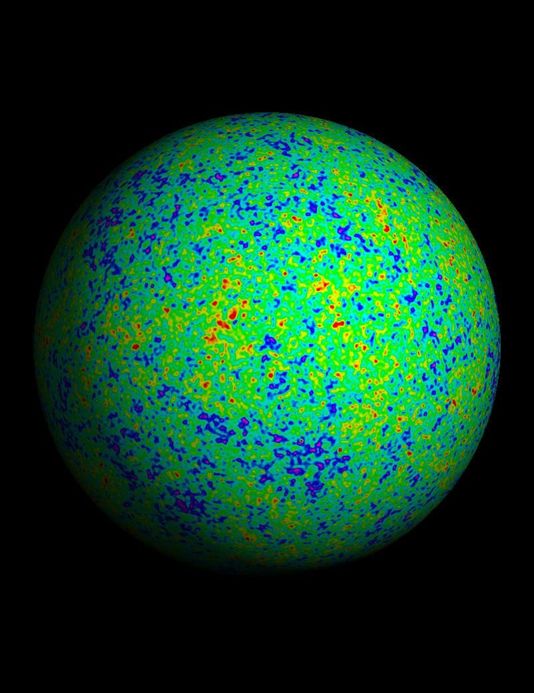
How the first stars were born
We all have heard of the Big Bang and we all have seen the famous image of the cosmic microwave background - the first concrete evidence to support the Big Bang theory. But,
how many of us have seen how the universe looked like while it gave birth to the first stars and galaxies? Well, not many... And it's not because we have somehow missed
it on the popular science channel. In fact, astronomers themselves hypothesize about the processes that led to the formation of the first bright objects in the skies, but
so far the evidence has remained elusive. So they keep searching with ever bigger and more powerful radio telescopes. The heart of LOFAR, currently the largest one in the world is
right in your back yard, its antennas sprinkled around Exloo in the province of Drenthe. During the first part of the program, we will travel back in time
and show you a simulation of how the Universe evolved when the first stars appeared. We will also let you 'wear LOFAR glasses' and observed other wonders in the radio universe.
But this is just the beginning....
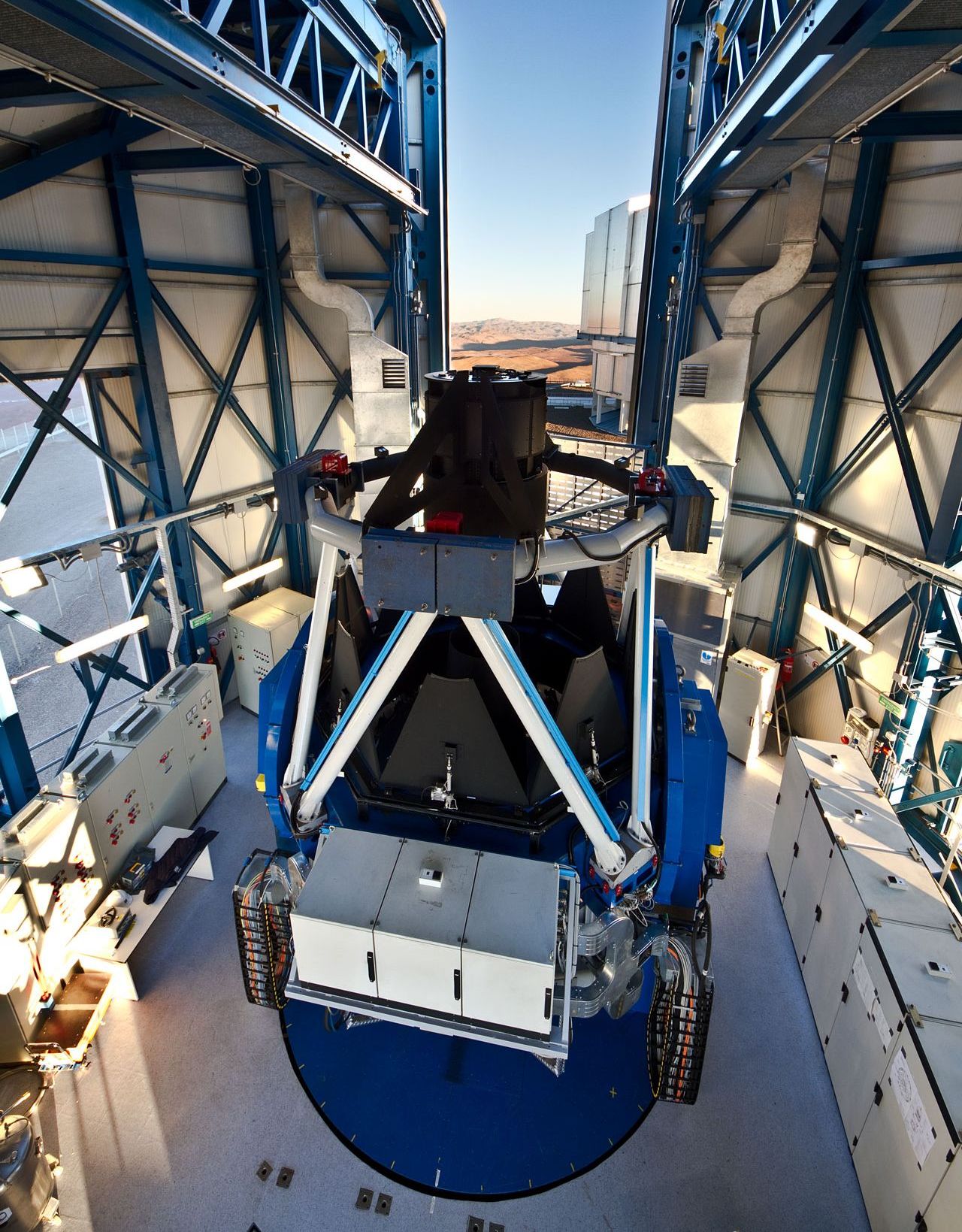
How we catalogue the Universe
The first stars, pioneers of the dark universe kept shining, growing, exploding and giving birth to new stars, which gravity slowly brought together
to form galaxies. In our explanding universe, this cycle has continued for over 13 billion years giving rise to an unimaginable number of stars, galaxies, dust clouds, solar systems,
dying stars, habitable planets and everything else. Its vastness and diversity intimidate and excite us at the same time and we keep looking up, recording, analyzing,
understanding... First we only had our naked eyes. Today we use exteremely sophisticated telescopes which we build in high and dry mountains or launch into space.
Join us on a short trip to the high mountains of Chile to learn how modern telescopes and the recent technological revolution in data recording and storage help us catalogue
more and larger parts of the universe. The more we catalogue, the more we understand. But are we really seeing everything...?
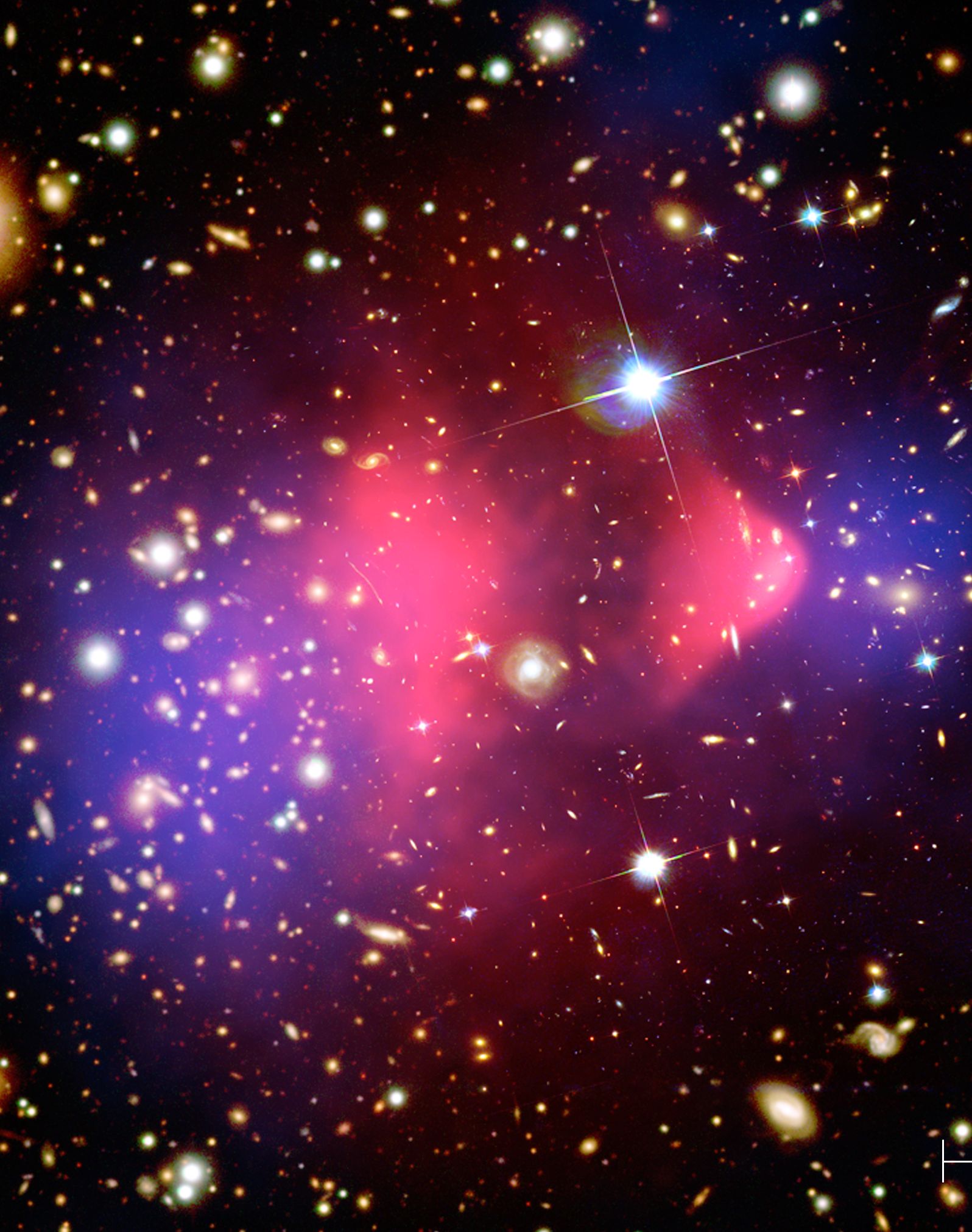
How to find what we cannot see
Well, it turns out we can see just a tiny 4% of what is out there! The rest of the stuff remains invisible to our eyes and instruments.
Scientists conviniently call it dark matter and dark energy, but really, it doesn't matter what we call it. What matters is that we are confronted with a mystery
of grand proportions and driven by our human spirit of exploration we device grand ideas to solve it. One, among many is the new
Euclid mission of the European Space Agency.
The Euclid satellite will carry advanced instruments that cannot detect dark matter directly, but can look for its influence on the visible stars and galaxies in the universe.
During its expected 7-year flight in space, Euclid will map more than a billion of them, storing the information in trillions of bits. These bits will bring some answers, as well
as generate new questions. We may close a chapter, but at the same time we will open a new one to continue reading our cosmic history, bit by bit.
Register
IMPORTANT MESSAGE
DUE TO A VERY LARGE INTEREST IN OUR PROGRAM, CURRENTLY ALL SEATS FOR THE LECTURE SHOW ARE BOOKED. IF YOU REGISTER WE CAN ADD YOUR NAME TO A WAITING LIST. YOU MAY BE ABLE TO
JOIN IN CASE OF NO SHOWS AND/OR CANCELLATIONS.
FEEL FREE TO STOP BY AT THE INFOVERSUM ON SATURDAY MORNING.
Access to our fulldome lecture show is FREE and open to everyone. You may have heard that the Infoversum is the largest planetarium in the Netherlands. It certainly is, but it still fits just 260 people. We suggest that
you register using the form below to ensured a seat for you and your company.



